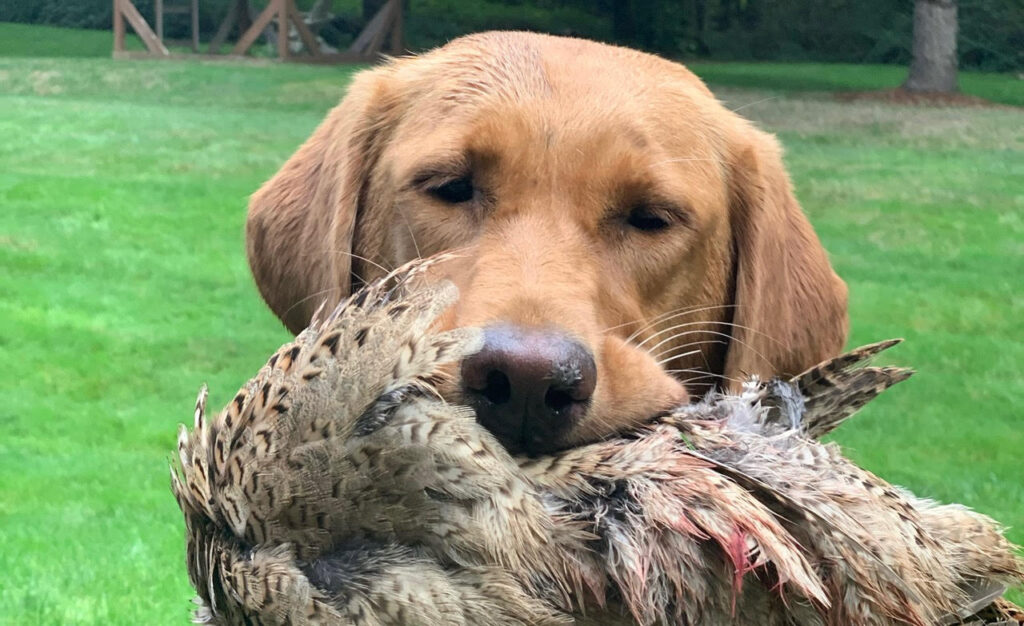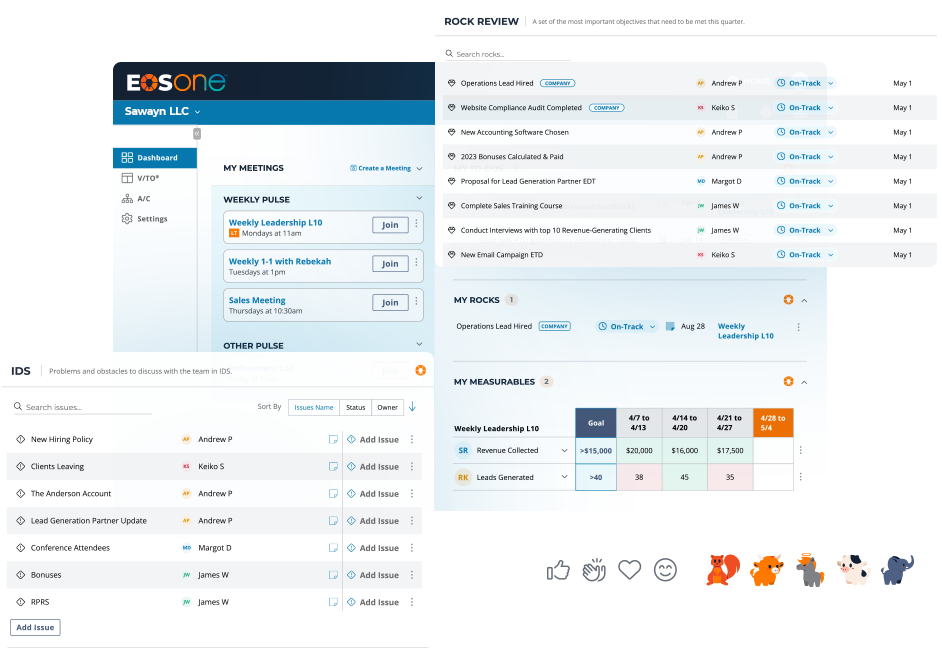The decision to get chickens was totally mine. I’d been thinking about it for a while, and then in March 2020, when the world shut down, I realized I finally had time to start building my chicken coop. My husband was a good sport and supported me during the process, including allowing me to take over the garage while building the coop, assembling and leading the transport crew (it took four men to lift the coop into a trailer and move it to its final destination) and leveling the coop. Once I realized I would need some sort of fence to protect the chickens, he made multiple trips to Portland to pick up a dog run that I found on Craig’s List. And he spent a lot of energy digging below grade to ensure that no rodents could dig under the fence and get to our chickens.
Even with all that help, he still viewed this as my undertaking. It was my responsibility to manage the day-to-day aspects of having chickens. It turned out that raising chickens has a bit of a steep learning curve, and multiple times he suggested we should just get rid of the chickens and go back to buying eggs at the store.
About six months into my quest to become a chicken mama, JacX killed our first chicken. I wrote about it in this article. To briefly summarize, we had a hen outside of our coop. I thought it was one of my free-range hens coming back because she heard the call of our newly adopted rooster. It wasn’t. Instead, it was one of the hens that had somehow escaped from the coop/run. JacX was in full retriever mode and chased that chicken down and brought her back to her dad.
Both Mike and I were very distraught as we watched this whole chase unfold. But it was at that moment that I realized my husband and I had very different ideas about how to handle a dead chicken.
I’ll never forget Mike’s reaction. He was holding the dead chicken, head down, and started walking back to the house. I asked him where he was going and he said he was going to make chicken dinner. I was appalled! I exclaimed, “We Don’t Eat Our Chickens!” He looked shocked. It was a chicken, freshly killed, and the right thing to do would be to eat it.
We still don’t agree on this point. But he has respected my wishes (at least I think he has) and has not eaten any of our chickens. Instead, he realized that if we’re going to go to all this effort to feed these chickens, perhaps he should raise some fryers.
Once he got this idea in his head and we had a shared vision, he became more involved in caring for the chickens. This has made the whole experience more enjoyable, especially with his great ideas on how to improve their living quarters and their overall enjoyment.
As often happens, this Chicken Mama moment sparked a realization about the wider world. When I reflect on my EOS clients, the most common reason they cite for wanting to start implementing EOS is that they don’t believe everyone in their organization is on the same page. The owner, president, or CEO feels that the leadership team is moving in slightly different directions (some more than others), and this is keeping them from achieving what they know they are capable of achieving.
Having a shared vision means that everyone sees the vision and rows together toward that vision. When the leadership team establishes a three-year picture of what the organization looks like, the intent is to create a vision that not only the entire leadership team but all the employees see and share.
Recently, I was in session with a client, and two owners started to talk about their revenue target. They both had similar revenue numbers in mind, but as they started to talk through it, they realized that they were talking about two very different targets: one was recurring and the other was total. Instead of saying, “We are close enough,” they kept discussing until they were completely on the same page. Why did that matter? Because if they were aiming for different revenue targets (or types of revenue), the vision would be different, and ultimately their decision making would be different.
Take a look at your organization. Do you see everyone moving together toward a shared vision? Or do you see people kinda going along to get along? Some leaders have a vision and pull everyone else along to achieve that vision. Yes, that can be done. But, from an outside perspective, that seems exhausting. Wouldn’t it be more fun to have every one of your employees working alongside you to achieve that vision?
One of the frustrations that business owners often experience is that no one in the organization seems to want it as much as they do. But how can someone want something they can’t see? As a leader, have you clearly communicated your vision for the organization and allowed your employees to ask questions and even challenge that vision? This may be a little scary, but those questions and challenges can help define or refine that vision into something everyone wants to achieve.
If you are exhausted from trying to pull your employees along toward achieving your vision, slow down and give me a call. I promise you there is a better way.


